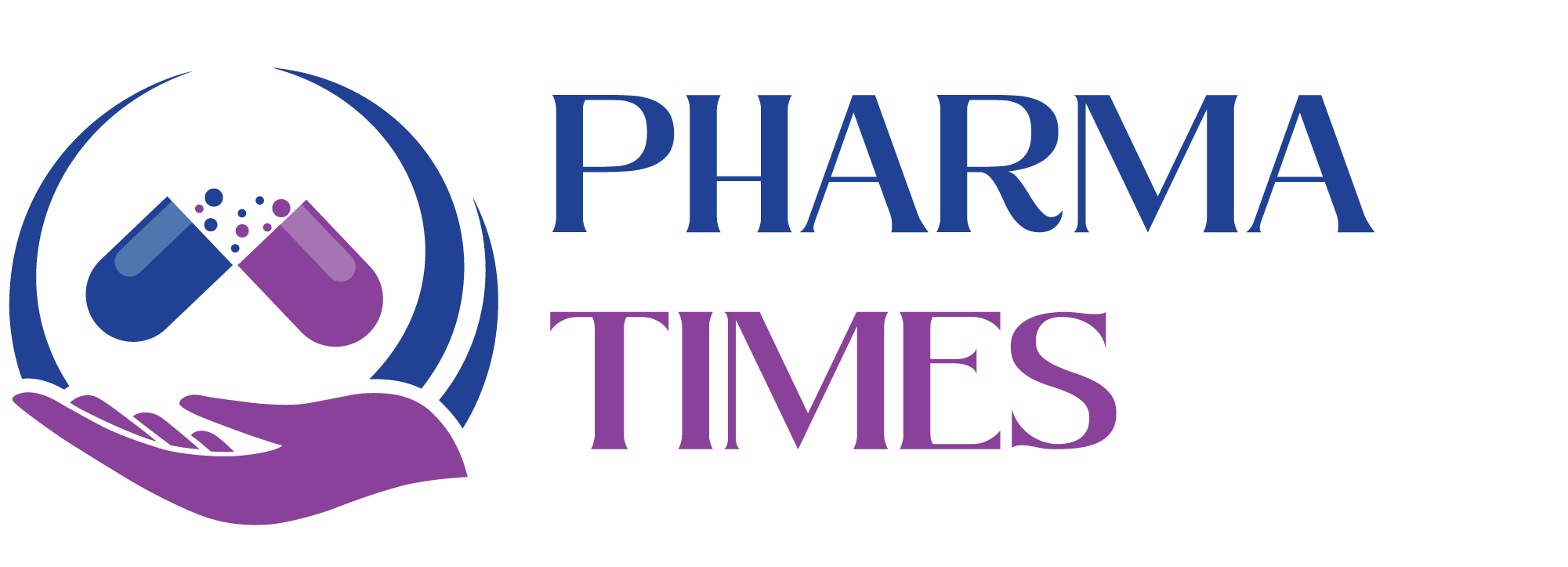What is the difference between Tablets and Capsules
Tablets vs. Capsules: What’s the Difference?
If you’ve ever taken medication, chances are you’ve encountered both tablets and capsules. Though both are common forms of delivering medicine, they differ in several ways. Let’s break down the differences:
1. Shape and Form:
- Tablets are hard, solid forms of medication that come in various shapes—most commonly round or oval. They are made by compressing powdered ingredients into a solid mass.
- Capsules, on the other hand, consist of a soft or hard outer shell that encloses the medication inside. The outer shell is usually made of gelatin or a vegetarian alternative.
2. How They Release Medicine:
- Tablets can be designed for quick release, extended-release, or even slow-dissolving in specific areas like the intestines. This versatility makes them useful for a wide range of medical needs.
- Capsules tend to dissolve faster, especially soft gels. Once the outer shell breaks down in your stomach, the medicine inside is quickly absorbed. Capsules can be filled with pellets offering different release mechanisms.
3. Ingredients and Additives:
- Tablets contain the active drug along with extra ingredients (binders, fillers, etc.) that help keep everything compact and stable. Sometimes they’re coated to improve taste or protect the stomach.
- Capsules have fewer additives because the shell itself does most of the work in delivering the medication. Inside, you’ll usually find powder, liquid, or gel, depending on the type of capsule.
4. Splitting and Dosing Flexibility:
- Tablets often have a score line, so you can break them into smaller doses. This is handy when you need to adjust the amount of medicine.
- Capsules, however, are not meant to be split. Once they’re filled, they need to be taken whole, so adjusting the dose is trickier.
5. Taste and Swallowing:
- Tablets can sometimes have a chalky or bitter taste, especially if they’re uncoated, and some people may struggle with swallowing larger ones.
- Capsules, with their smooth, slippery coating, are generally easier to swallow and mask the taste of the medicine inside.
6. How They’re Made:
- Tablets are made by compressing powders under high pressure, which requires precise formulation to make sure each tablet contains the same amount of medicine.
- Capsules are produced by filling the outer shell with the active ingredient. This process is usually simpler since the capsule shell does most of the work in containing the medicine.
7. Price and Shelf Life:
- Tablets tend to be cheaper to manufacture, and they usually have a longer shelf life because they’re more stable.
- Capsules can be a bit more expensive due to the extra step of creating the shell, but they can better protect sensitive medications from moisture or light.
8. What’s More Popular?
- Tablets are popular because they’re cost-effective and can be made in a variety of forms. However, they might not be ideal for medications that need quick absorption or have a bad taste.
- Capsules are often chosen by people who have trouble swallowing pills or need faster-acting relief. Their smooth texture and faster dissolution make them a favorite for many.

